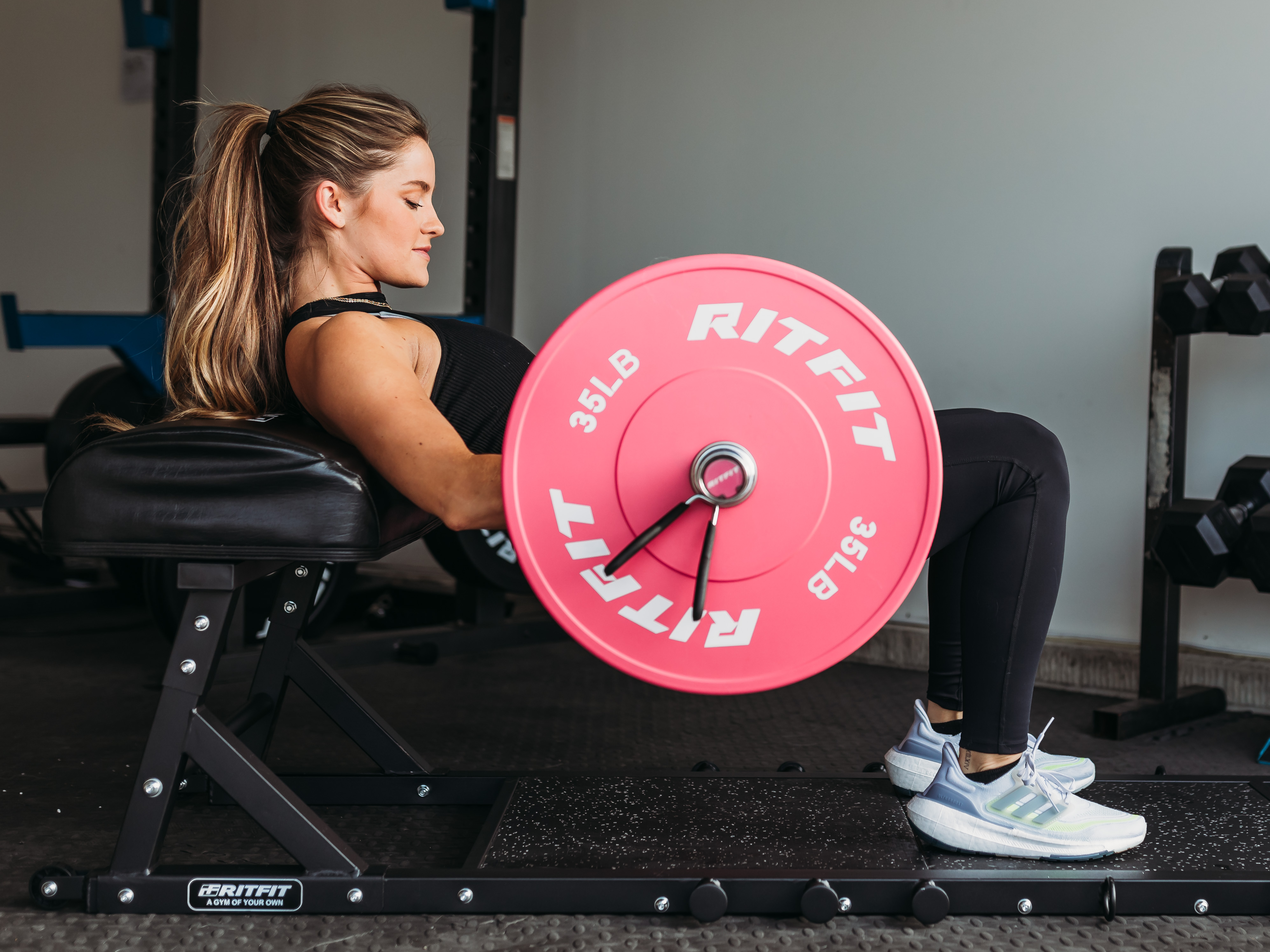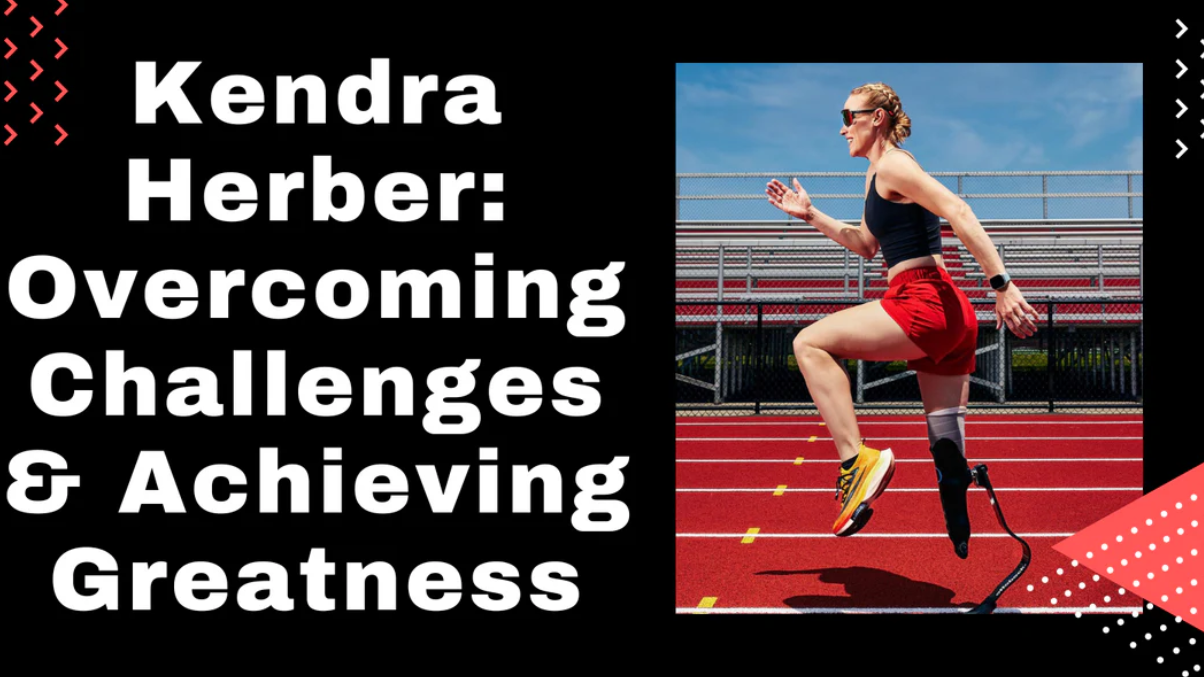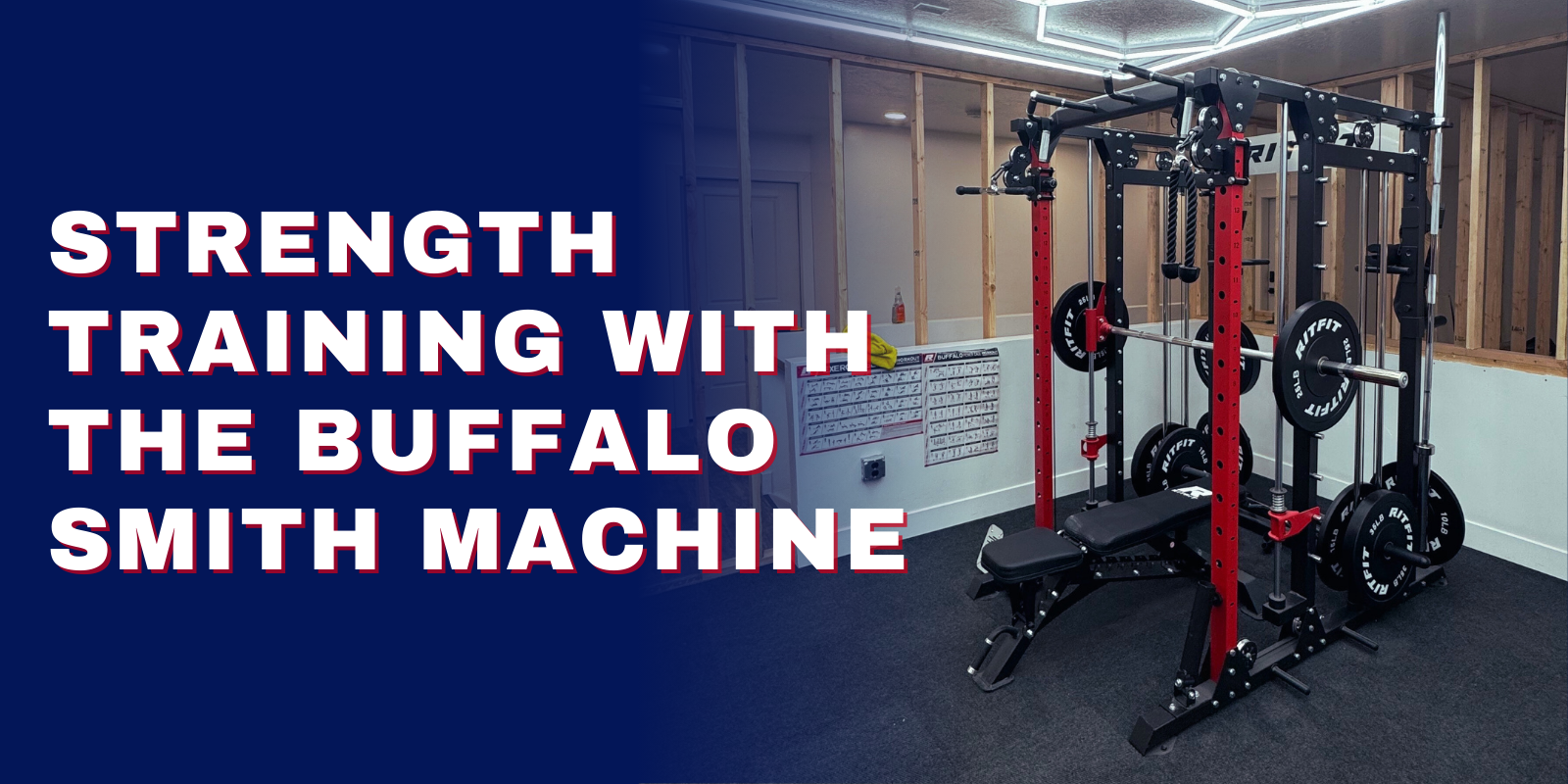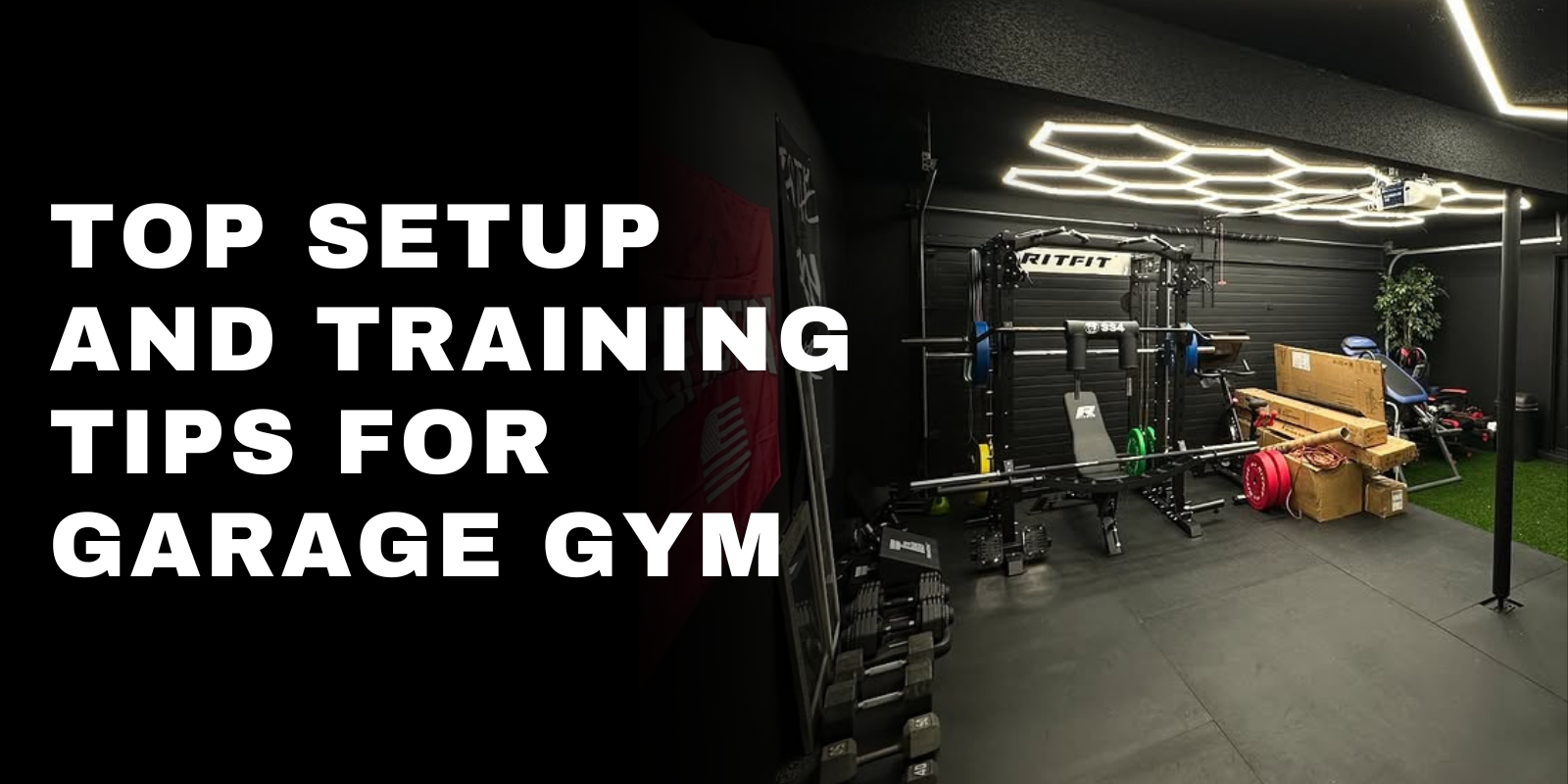The pistol squat is the perfect exercise for building leg strength, developing better balance, improving coordination, and making your core stronger. So it is natural that it is so popular among strength builders, sportspeople, and bodybuilders. Your quads, glutes, hamstrings, and hip adductors are all engaged when doing these one-legged squats.
But this amazing exercise is as hard as it is beneficial. You need to know the proper technique and follow a progression plan to pull it off with zero mistakes. In this article, we will be discussing how to do a proper pistol squat, its benefits, and what common mistakes to watch out for.
What Is a Pistol Squat?
The pistol squat is a one-legged squat focusing mainly on lower body strength building. It is also known as a single-leg squat. Its form sees your hands and one leg outstretched in front of you. Then a squat is performed with the leg that isn’t stretched remaining on the ground while maintaining your balance. At no point should your hands or feet touch the floor if you want to do a perfect one-legged squat.
You need a good sense of your body to do this exercise. After all, you will be doing a full squat on one leg without falling. The single-leg squat is a pretty advanced exercise, making it a very challenging exercise to perform, especially for new learners.
Proper Pistol Squat Form and Technique
How to Do a Pistol Squat
Here are the steps you need to follow to properly do a pistol squat:
The Starting Position
- Start in an upright standing position with your feet shoulder-width apart. Keep your head and neck neutral, and make sure that your shoulders are directly above your hips. Keep your chin tucked in as if you're holding a small ball under it.
- Lift one of your feet off the ground while balancing your weight onto the other foot. Adjust your posture and position until you are stable.
- Left up your arm and have them outstretched in front of you like your foot. Both your outstretched foot and arms will act as counterweights throughout the single-leg squat.
- Now have your core in a pre-tension stance, so you are ready for the upcoming force of the squat. This will help keep you stable.
The Exercise
- Now that you are in the starting position, start lowering yourself to the ground. Bend your knee, ankle, and hip all at the same time. Not even one of these joints could cause you to lose balance.
- Lower yourself as much as you can, with your spine being neutral. Don't try to go more down than you think your pelvis can handle. Feel how your body reacts and adjust accordingly. The weight of your whole body should be distributed evenly onto your foot throughout the squat. Your leg shouldn't touch the floor either, even at your lowest point.
- At the end of your downward descent, your shoulders will end up back right above your hips. Make a small pause when you are at the lowest level.
- After the pause, push downwards onto the ground with the foot you're doing the squat on to start going upwards.
- During the upwards movement, your chest should stay high, and your glutes should be getting squeezed. Let your knee straight up naturally, and let your hip thrust forward until you are close to being in a standing position.
- As you are finishing the movement, you should squeeze your glutes and quadriceps. Once you are back all the way up, your shoulders will again be back above your hips.
- Repeat as many times as your set requires.
Pistol Squat Common Mistakes to Avoid
Here are some of the common mistakes that can really ruin your single-leg squat:
Not warming up
It is important to warm up before doing any exercise, but this is especially true for single-leg squats. It is a pretty advanced exercise, so you need your muscles to be fully warmed up and ready to go. Otherwise, you may not output as much power as you can during the exercise.
Doing normal squats beforehand is the optimal way to warm up for a single-leg squat. It is generally a good idea to do at least one set of normal squats, so your muscles are fully warmed up.
Bouncing back up
When you're going back to the upright position during a single-leg squat, a common mistake to make is bouncing back up too fast. It is important to understand that standing back up properly is just as important as it is to lower down properly during a one-legged squat.
Bouncing back up too fast means that your muscles aren't getting worked as much. Plus, your joints are getting extra strain. So you are losing out on the benefits while also becoming prone to an injury. Be sure to make your upward movement slower for optimal gains.
Lifting your heel
Another common mistake people make when doing a soleus squat is to lift their heels off the ground. It is never a good idea to lift your heels during this exercise since it causes instability. Also, more strain will be put on your ankle joint from this, which could result in a serious injury. You should also avoid leaning forward or backward during the squat, as that could cause you to lose balance.
Pistol Squat Muscles Worked
Glutes
The glute muscles are a group of muscles located in the hip area. They help support the movement of the hip joint. This muscle group consists of the Gluteus Maximus, Gluteus Medius, and Gluteus Minimus. A soleus squat engages and strengthens all these muscles to help reduce the chances of injury. It also helps improve the flexibility of the hip joint by engaging these muscles.
Hamstrings
Hamstrings are located in your thigh, and they play an essential role in running, walking, and overall leg movement. You have three hamstring muscles in your leg, which can be strengthened by doing soleus squats. This way, you can have more force in your leg movements, allowing you to run and jump better.
Hip Adductors
Hip adductors are another muscle group engaged during a soleus squat located in the thigh. This muscle group consists of five different muscles, each aiding in leg movement. This muscle group is a very common cause of injuries during sports. So by strengthening it using single-leg squats, you can help prevent such injuries from occurring.
Quads
The quad muscles make up the front of your thigh. These muscles have more mass combined than any other muscle group in your body. This is because they are crucial for helping you run, kick, and walk. Since single-leg squats activate all the muscles in the quad muscle group, you can be sure of your leg strength increasing with this exercise.
Calf Muscles
Calf muscles are the reason you can walk forward as they pull the heel up while you walk or run. These muscles are located in the back of your lower leg. During a single-leg squat, these muscles are engaged quite a bit, especially during the upwards-rising movement.
Abdominal Muscles
Lastly, we have the abdominal muscles, which are engaged as a supporting muscle group when you do a single-leg squat. These muscles are located in your abdomen, and they make up your core. So strengthening them can be a great way to improve your core strength.
Pistol Squat Benefits
Improved Balance And Coordination
Single-leg squats require a great deal of balancing skills with each movement. So when you are learning and mastering one-legged squats, you will improve your balance massively. Not only that, but one-legged squats require coordination of all your limbs. This is especially beneficial for athletes as better coordination means better performance.
Increases Flexibility
Pistol squats really push the maximum flexibility of your joints. By doing this amazing exercise, you can see which joints of yours are not flexible enough. The weaker joints will be the ones failing first during the one-legged squat. Once you identify them, you can work on increasing the flexibility of those joints, allowing you to improve your overall physique.
Leg Muscle Development
Since one-legged squats focus on your lower body, they are a great way to build leg strength without requiring special equipment. You can do a single-leg squat at home while still getting a lot of gains. Once you have mastered one-legged squats, you will be improving your running, jumping, and kicking capabilities in no time.
Core Strength Building
Core strength is vital in almost any exercise and sport. Thankfully, one-legged squats also work out your core muscle with each rep. Your abdominal muscles are engaged and strengthened as you do the airborne lunge squat. With strong abdominal muscles, you will have a stronger core ready to assist you in any exercise or activity.
Pistol Squat Variations
Assisted Pistol Squat
The assisted pistol squats require a vertical bar of any kind that is sturdy enough not to move under your weight. To do an assisted one-legged squat, stand next to the bar and hold onto it with both hands. Now get in the single-leg squat position and do one-legged squats. But during the exercise, use the bar for support. Walk your hands up and down as needed to keep them straight in front of you during the squat. This type of squat is best for maintaining balance and getting help going up and down during the squat.
Trx Pistol Squat
Trx single-leg squats follow the same concept as assisted squats but in a different way. Instead of having your movements assisted using a bar, Trx suspenders are used to help reduce the strain on your muscles. The suspenders allow you to lower yourself and pull yourself back up during the exercise without losing your balance. This way, you can do some of the work with your arms instead of your legs to make the one-legged squat easier.
Weighted Pistol Squat (Kettlebell Pistol Squat)
Another very commonly used variation of one-legged squats among new learners is the weighted pistol squats. This type of one-legged squat is ideal for people who have trouble maintaining their balance during a normal single-legged squat. When doing this workout, you hold a small weight near your center of gravity. Then you do a single-leg squat as you normally would. The added weight keeps you centered and stable throughout each movement.
Dragon Pistol Squat
A dragon pistol squat is the next level once you have mastered a normal single-leg squat. It involves doing a squat with one leg but having the other leg go behind the standing leg as you go down. This way, the free leg snakes around your standing leg and stretches out front at an angle. Dragon single-leg squats require quite a lot of flexibility, so caution is required when doing them.
Box Pistol Squat
In a box pistol squat, you use a box or a chair to help catch you as you go down. The box is placed underneath you. As you lower down in the single-leg squat, you will go far down enough to barely touch the box. This way, you don't have to exert as much force to get down and get back up. The box single-leg squat basically cuts the squat movement in almost half. So you can perfect the technique and learn the basics even if you haven't built up the required muscle strength for a full single-leg squat yet.
The Pistol Squat Progression Plan
As mentioned already, the single-leg squat is an advanced exercise. So you cannot expect to do it right from the get-go. Instead, you need to follow a single-leg squat progression plan to get your technique right and build enough muscle strength to perform a one-legged squat.
Start out with air squats that will help you build muscle strength. They will also teach you how to better balance your body during the squat motion, which will be crucial later. Next, try doing close feet squats since they require more precise balancing. They are also more demanding on your joints to help you build up joint strength.
Once you have mastered close feet squats, it is time to move on to assisted soleus squats to learn the technique required for the full soleus squat. You can also add box soleus squats as the next step in your progression plan to ease into soleus squats and further hone the required technique.
Finally, you may move on to normal soleus squats once you are confident in your abilities and have learned the proper technique. Weighted single-legged squats can also be incorporated in the later stages of the progression plan if you are having trouble maintaining your balance.
Pistol Squat Alternatives
There are many alternatives available to soleus squats that can help you improve your leg strength. These alternatives include split squats, skater squats, and forward lunges. Step-ups are also a great warmup for single-leg squats. Or you may do them as a separate exercise on their own to make your leg muscles stronger. You can also try out the Bulgarian split squat if you want more of a challenge.
But if you want to come as close to the benefits of soleus squat as possible, the single-legged leg press is the way to go. There are so many alternative exercises available that you can do instead of soleus squats to get similar gains and benefits. These exercises can also be used to build up enough leg strength for a soleus squat.
Pistol Squat FAQS
Who Should Do the Pistol Squat?
Soleus squats are a great full-leg workout. This makes them ideal for runners and cyclists who want to perform better in their sport. They are also ideal as an advanced bodyweight exercise that you can incorporate into your training regime.
How Often Should You Do the Pistol Squat?
You can do single-leg squats regularly if you are trying to build up lower-body muscle strength. But the final answer depends on your needs and capabilities. Unless you have a training regime focused on improving leg strength, it is best to do one-legged squats twice or thrice a week at most.
This is because of how demanding they can be and how much effort they require compared to other squat exercises. But if you think you can handle it more safely, you can always do more.
Can I Do Pistol Squat if I Have Knee Pain?
If you have knee pain, it is best to talk with your trainer and physical therapist before you start doing one-legged squats. These squats put a lot of stress on your joints, so you shouldn’t do them if you have a condition affecting your joints.
But it is different if you have back problems. According to some studies, one-legged squats are actually a very good alternative to normal squats for those suffering from back pain because they put less stress on your spine.
How Many Sets and Reps of Pistol Squats Should I Do?
It is generally recommended to do up to five reps and around three to five sets of one-legged squats during a normal workout. But the exact number can vary from person to person. So be sure to consult your trainer to find out what the right sets and reps amount is for your exercising needs.
Never try to overdo it when it comes to one-legged squats. You may get injured or develop pain if you are doing more single-leg squats than your body can handle.
Can Pistol Squats Help Me Improve My Running or Jumping Performance?
Yes, one-legged squats are highly focused on leg muscle strength buildings. This makes them ideal for runners and jumpers. They also strengthen the assisting muscles, such as the calves and abdominal muscles. Also, soleus squats help you build a stronger core which is crucial for running and jumping.
Summary
Pistol squats are the perfect bodyweight exercise for professional sportsmen, bodybuilders, and casual gym goers. But it is important to work towards this exercise instead of diving in head first. After all, it is a very advanced exercise requiring a lot of coordination, balance, and lower body strength. So be sure to follow the soleus squat progression plan mentioned above faithfully to get the best results. Once you have gotten the knack of single-leg squats, you will be pumping out gains in no time.








